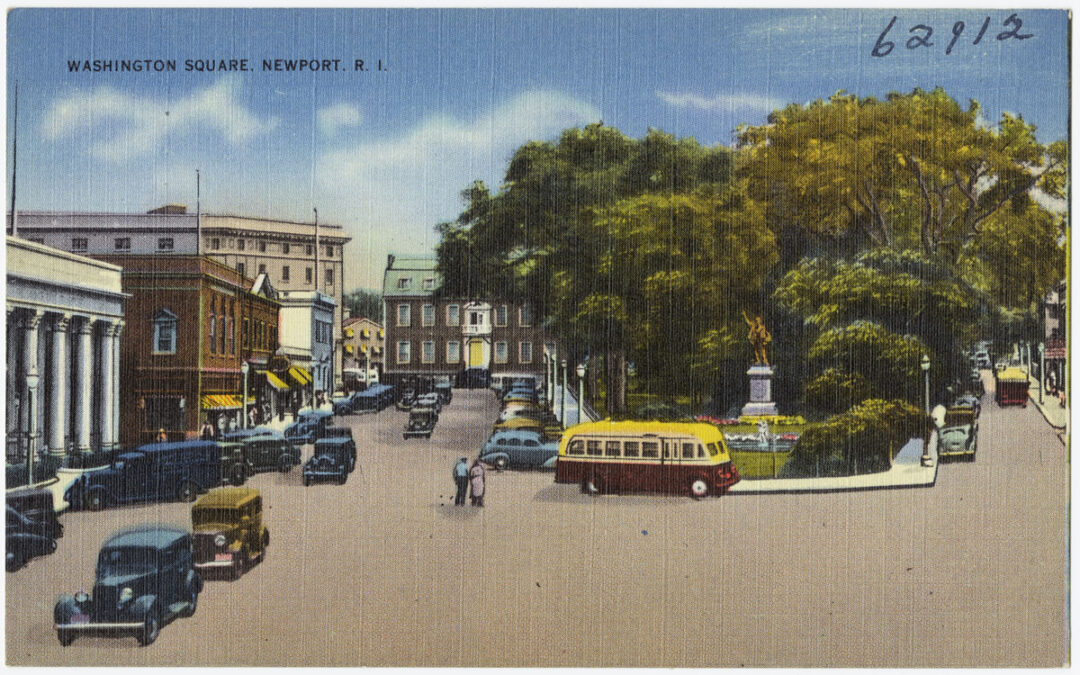“New Urbanism” is a term that has come into common usage after the foundation of the Congress for New Urbanism in 1993, but the ideas behind this concept are as old as cities themselves — it is just that we had forgotten the principles for a very long time. To abbreviate the basic requirements for New Urbanism, which are well summarized on the Victoria Transport web site:
1) The need to create an “active center” to the urban design.
2) Focus on creating a well designed public realm (benches, streetlights, etc.).
3) Buildings placed close to the sidewalk to create streetscapes.
4) The Center should be compact enough to be walkable (10-15 minutes).
5) There should be a variety of dwelling types and sizes (6-7 homes per acre).
6) There should be a mix of uses, including places to work, shop, and eat.
7) The area should contain all necessary functions like banks and post offices.
8) The residences should have small apartment units that are affordable to rent.
9) Elementary schools should be within walking distance.
10) The planning should include small parks and playgrounds throughout.
11) There should be a network of highly interconnected roads.
12) These roads should be narrow to control speed and to allow for pedestrians and bicyclists.
13) Parking and garages should be hidden from view and should be minimal in size.
14) The plan should reserve prominent sites for public buildings.
15) The area should be self-governing to allow for public input and evolution.
If these characteristics sound familiar it is because they describe Newport to a large degree and I have often thought the movement should be called “Newport Urbanism.” The benefits of New Urbanist design have been proven to be many including lower transportation costs and the reduction (or elimination) of commutes — both of which benefit the environment too. There is also an average increase in property value of 11% over similarly sized properties in typical suburban developments.
Still, there are many obstacles to developing communities along these lines, even here in Newport. Zoning laws put in place during the automobile-driven 1970s separate uses, require large areas for parking and large lot sizes for residences. Communities like Middletown, which developed under these guidelines, reflect the type of community development that naturally results: houses on suburban lots and separate strip retail with large parking lots separating them from the street.
Another concern often stated is that New Urbanist development, with its focus on neatly planted streets and nicely designed public areas, is too expensive, but the tighter density that this guideline allows counteracts this objection. At the other end of the spectrum, there are those that say New Urbanism “gentrifies” places – making it impossible for normal people to live in these communities. This is also false as the small secondary residences and local businesses allow people of all ages and incomes to find a place to live and work within the community.
There is an excellent organization within the state working to promote New Urbanist ideas: GrowSmart Rhode Island (www.GrowSmartRI.org). This group has planned a Mixed-Use Development workshop at CCRI (Newport) on February 28th at 6:30 pm for public officials, architects, developers, and everyone in the community who is interested in promoting the types of community growth that align with the ideas stated above. Attendance is $10 and reservations can be made by calling 401.273.5711 (x3) or through their website. The Newport Center Plan (2004) and the Portsmouth Town Center Plan (2003) were developed along with these guidelines but because the public is not familiar with the importance of proper urban development, these plans have made but little progress. This is an ideal opportunity to learn why mixed-use development and New Urbanist planning are so important to all of the island communities and what can be done to move in that direction.
Looking to remodel your home? Let’s connect.
Join the Architectural Forum to stay up-to-date with architectural news from Rhode Island and abroad.
Ross Sinclair Cann, AIA is a historian, educator, and practicing architect who lives in Newport. He is a LEED AP (Accredited Professional) and is a contributor to GrowSmart RI. This article was initially published in ARCHI-TEXT, in Newport This Week, February 24, 2008.
